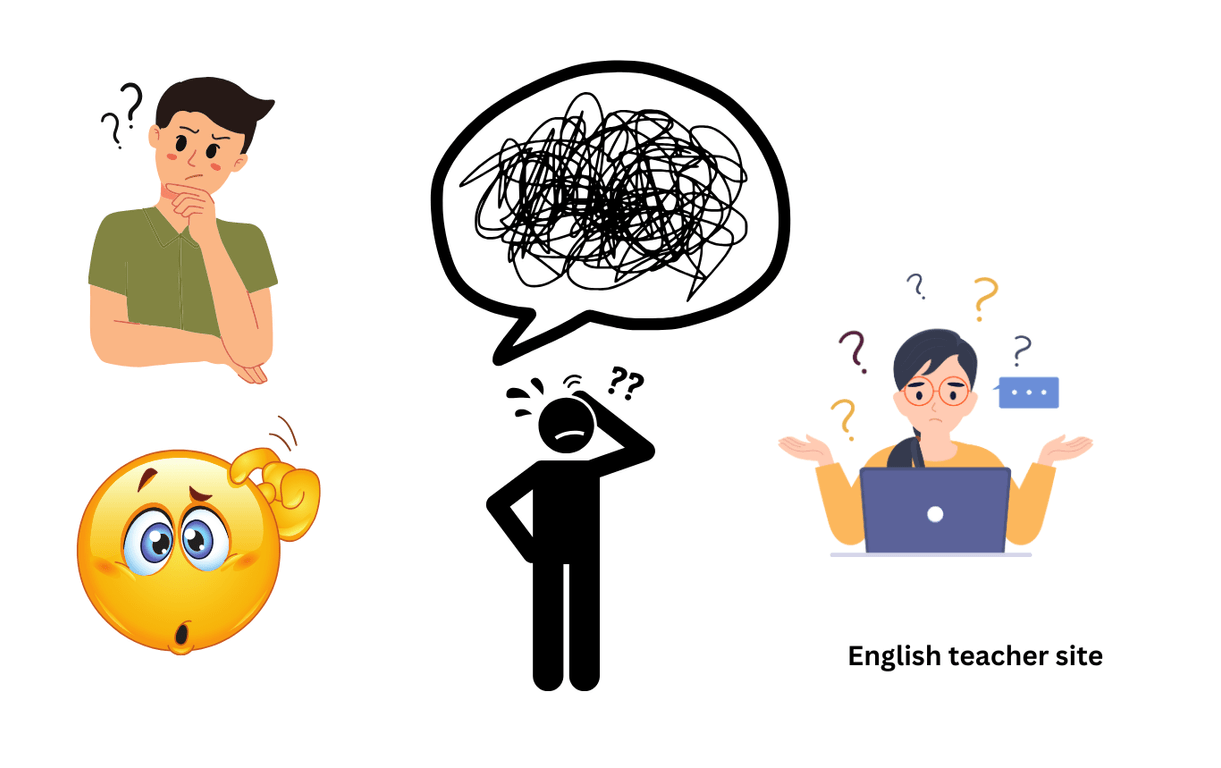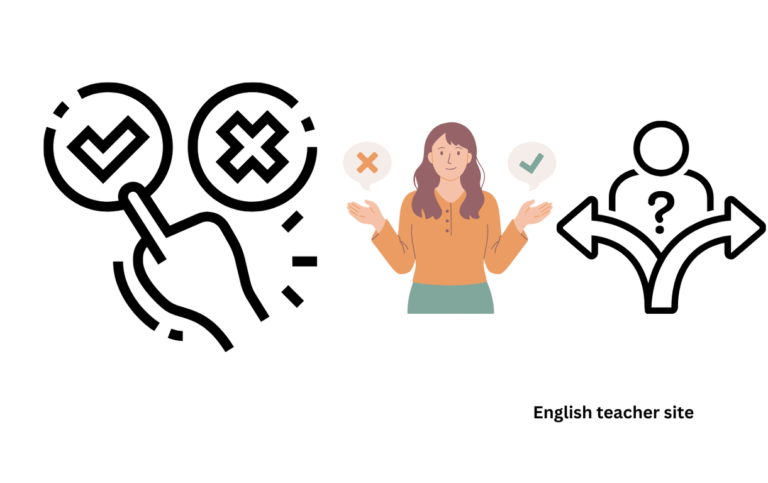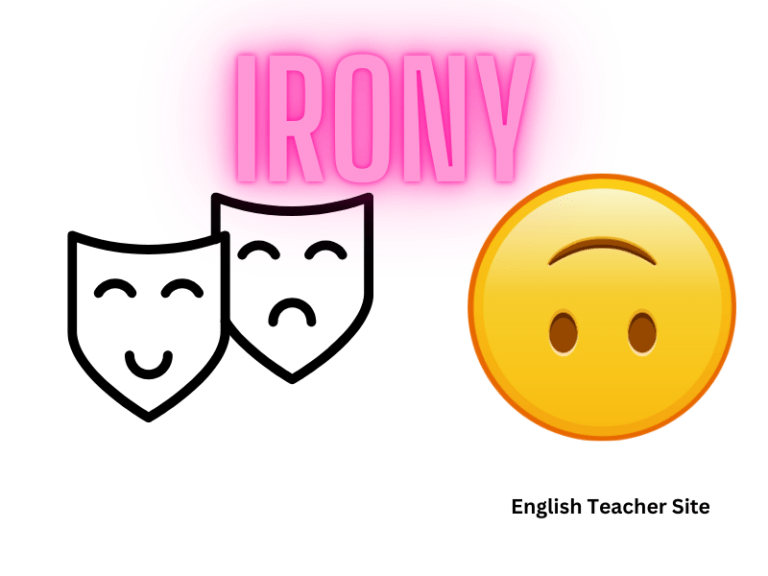Most Commonly Confused Words in English: Clarity for Effective Communication

- Recognition of commonly confused words enhances clarity in communication.
- Correct usage of these words is necessary for accurate expression in English.
- Mastering these distinctions is beneficial for both writing and spoken language.
An understanding of commonly confused words is invaluable for anyone looking to master English grammar and usage. It helps avoid common mistakes that can alter the meaning of a statement or render it unclear. This article takes a closer look at some of the most commonly confused words in English, providing insights into their correct use and helping readers develop greater precision in their writing and speech. Whether for professional writing, academic success, or everyday communication, grasping these differences is key to expressing oneself effectively in English.
Most Commonly Confused Words in English
Mastering these commonly confused words can significantly improve writing clarity and comprehension. Below are 10 pairs or sets of words that often perplex English learners and native speakers alike.
1. Affect/Effect
- Affect (verb): to influence something.
- Effect (noun): a result or outcome.
| Word | Role in Sentence | Example |
|---|---|---|
| Affect | Verb | The weather will affect our plans. |
| Effect | Noun | The medicine has no side effects. |
2. Accept/Except
- Accept (verb): to receive or agree to something.
- Except (preposition): excluding.
3. Principle/Principal
- Principle (noun): a fundamental truth or belief.
- Principal (noun): the head of a school; (adjective): main or most important.
4. Compliment/Complement
- Compliment (noun/verb): praise or express admiration.
- Complement (noun/verb): something that completes or enhances something else.
5. Stationary/Stationery
- Stationary (adjective): not moving.
- Stationery (noun): writing materials.
6. Advise/Advice
- Advise (verb): to offer suggestions.
- Advice (noun): guidance or recommendations.
Confusions in Word Pairs
Using these words correctly can be challenging, but here are some tips and examples:
- Always accept an exceptional opportunity.
- Your principal concern should align with your principles.
- A handwritten compliment on fine stationery is a touching gesture.
Word Misuse in Context
Word misuse can alter the meaning of a sentence. Let’s examine some examples:
| Incorrect Usage | Correct Usage |
|---|---|
| She gave me good advise. | She gave me good advice. |
| He remained stationery during the drill. | He remained stationary during the drill. |
7. Than/Then
- Than (conjunction): used in comparisons.
- Then (adverb): referring to a time or sequence.
8. Who/Whom
- Who (pronoun): the subject of a verb.
- Whom (pronoun): the object of a verb or preposition.
9. Less/Fewer
- Less (adjective): not as much; for uncountable quantities.
- Fewer (adjective): not as many; for countable quantities.
10. Lose/Loose
- Lose (verb): to not win or to misplace something.
- Loose (adjective): not tight or secured.
Clarifying Usage Through Examples
- Would you rather have less soup or fewer crackers?
- She couldn’t lose the loose button on her coat.
Remember: When in doubt, look it up. There’s no shame in double-checking the meanings to ensure your language is precise and effective.
Homophones and Homonyms
Homophones are words that sound the same but have different meanings and, usually, spellings. On the other hand, Homonyms can have the same spelling but different meanings. Understanding these can prevent common errors in communication.
There, Their, They’re
- There indicates a place: She is sitting over there.
- Their shows possession: Their house is beautiful.
- They’re is a contraction for they are: They’re going to the movies.
To, Too, Two
- To is used as a preposition before a noun or as an infinitive before a verb: She went to the store.
- Too means also or excessively: He was too tired to continue.
- Two is a number: I bought two apples.
Word Pairs and Confusions
Frequently confused word pairs often involve subtle differences in spelling and meaning. Distinctions are crucial for proper usage.
Its, It’s
- Its indicates possession: The company changed its policies.
- It’s is a contraction for it is or it has: It’s been a long day.
Peak, Peek
- Peak refers to the highest point: The climber reached the peak of the mountain.
- Peek means to glance or look quickly: She took a peek at the gift before wrapping it.
Word Pairs and Further Clarifications
Due to the breadth of English vocabulary, there’s an expansive list of words that can be easily confused. Clarification on these ensures precision in language use.
Table of Commonly Confused Words:
| Word 1 | Word 2 | Correct Usage of Word 1 | Correct Usage of Word 2 |
|---|---|---|---|
| Affect | Effect | Her words did not affect him. | The effect of the medication was fast-acting. |
| Principal | Principle | The school principal is retiring this year. | The basic principle of justice is fairness. |
| Complement | Compliment | The sauce is a complement to the dish. | She received a compliment on her outfit. |
Additional Confusions:
Lay versus Lie:
- You lay something down: Lay the book on the table.
- Someone or something lies down by itself: She lies down for a nap.
Past versus Passed:
- Past refers to a period of time before the present: We need to look past our differences.
- Passed is the past tense of pass: He passed the store on his way home.
Fewer versus Less:
- Use fewer for items you can count: She bought fewer apples.
- Use less for uncountable quantities: He has less patience now.
By familiarizing oneself with these confusions and carefully applying the correct word, individuals can enhance both their written and spoken language skills, leading to clearer and more effective communication.
Parts of Speech Misuse
Misuse of parts of speech can lead to confusion and inaccuracies in English. It is crucial to understand the function of each part of speech to convey the intended meaning. Here’s a quick guide:
- Noun: A person, place, thing, or idea (e.g., ‘station’, ‘equipment’)
- Verb: An action or state (e.g., ‘run’, ‘exist’)
- Adjective: Describes a noun (e.g., ‘quick’, ‘blue’)
- Adverb: Modifies verbs, adjectives, or other adverbs (e.g., ‘quickly’, ‘very’)
- Preposition: Shows relation to another word (e.g., ‘at’, ‘by’)
- Conjunction: Connects clauses or sentences (e.g., ‘and’, ‘but’)
- Pronoun: Replaces a noun (e.g., ‘she’, ‘it’)
- Interjection: Expresses emotion (e.g., ‘Wow!’, ‘Oh no!’)
Errors in parts of speech can lead to a lack of clarity and misunderstandings. For example:
| Incorrect | Correct | Explanation |
|---|---|---|
| She was waiting her turn. | She was waiting for her turn. | Missing preposition ‘for’ alters the sentence’s meaning. |
| He wants to peacefully fight. | He wants to fight peacefully. | Adverb ‘peacefully’ should modify the verb ‘fight’. |
Common Errors in Context
Context is vital for the exact use of words, especially when dealing with homophones – words that sound alike but have different meanings and spellings.
Common examples include:
- stationery (writing materials) vs. stationary (not moving)
- peak (top of a mountain) vs. peek (to look quickly)
- complement (something that completes) vs. compliment (praise)
Misinterpretations based on context can result in erroneous statements. Here’s how to differentiate meanings in context with examples:
| Word | Correct Usage | Common Misuse |
|---|---|---|
| everyday | She wears her everyday clothes. | She wears her every day clothes. (should be one word when used as an adjective) |
| advice | He gave good advice. | He gave good advices. (advice is non-countable noun) |
Furthermore, pluralization can be a point of confusion when adding an ‘s’, which changes the meaning from singular to plural (e.g., ‘scarf’ becomes ‘scarves’).
- Adding ‘s’: Changes the word from singular to plural (e.g., ‘cat’ to ‘cats’).
- Not adding ‘s’: Could both maintain single subjects or display incorrect grammar.
Modifiers need to be placed correctly to ensure they refer to the correct words in a sentence. Misplaced modifiers can be misleading or humorous:
- He almost drives every car he has bought. (implies he might not drive them at all)
- He drives almost every car he has bought. (implies he drives most of them)
My name is Khamis Maiouf. I am the creator of the English Teacher Site, dedicated to providing valuable resources and insights for students around the world. With a passion for education and a commitment to helping students enhance their skills, I aim to make English teaching more effective and enjoyable for both educators and students.






